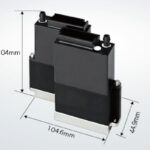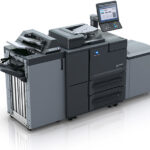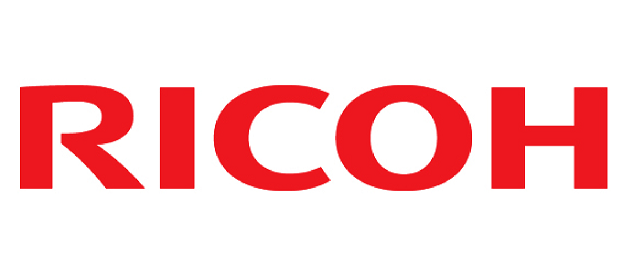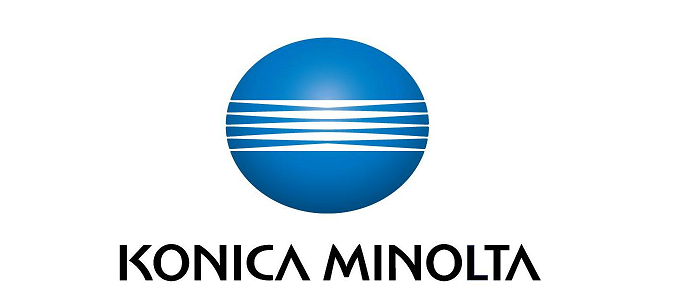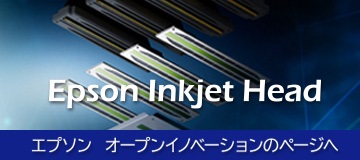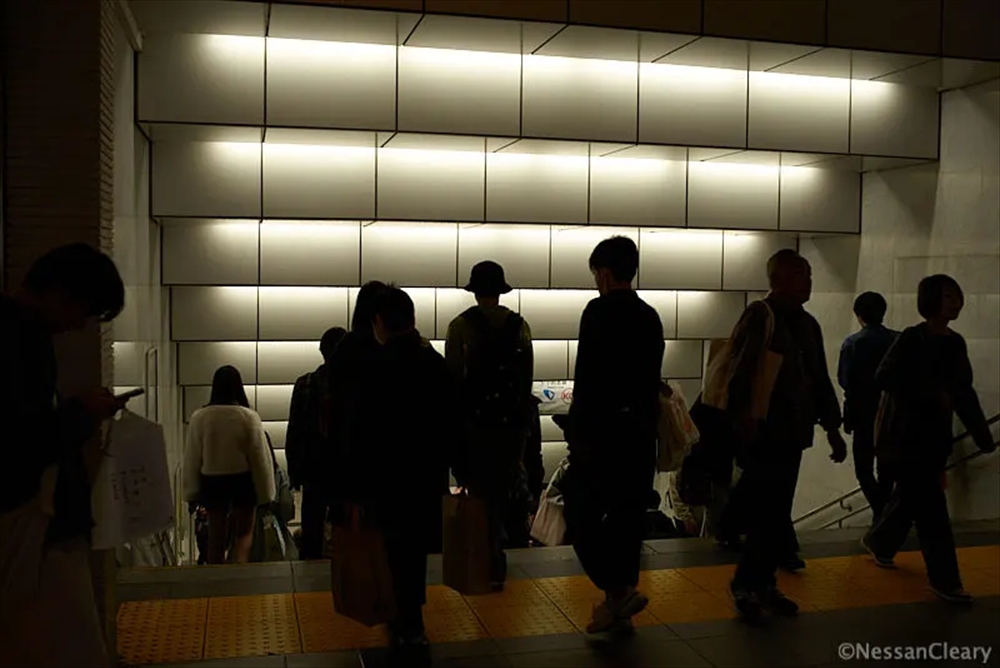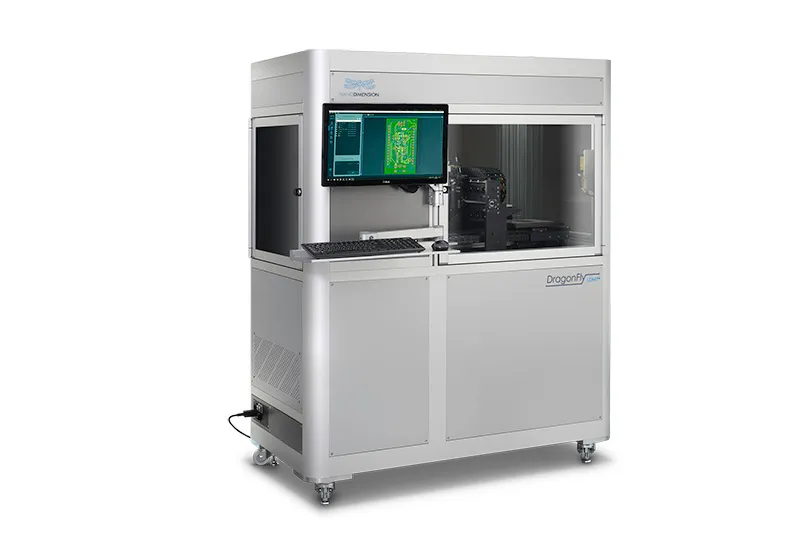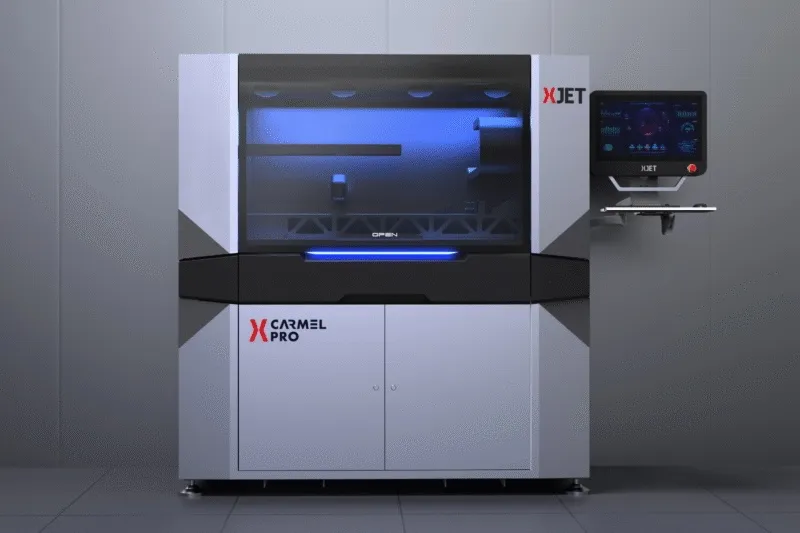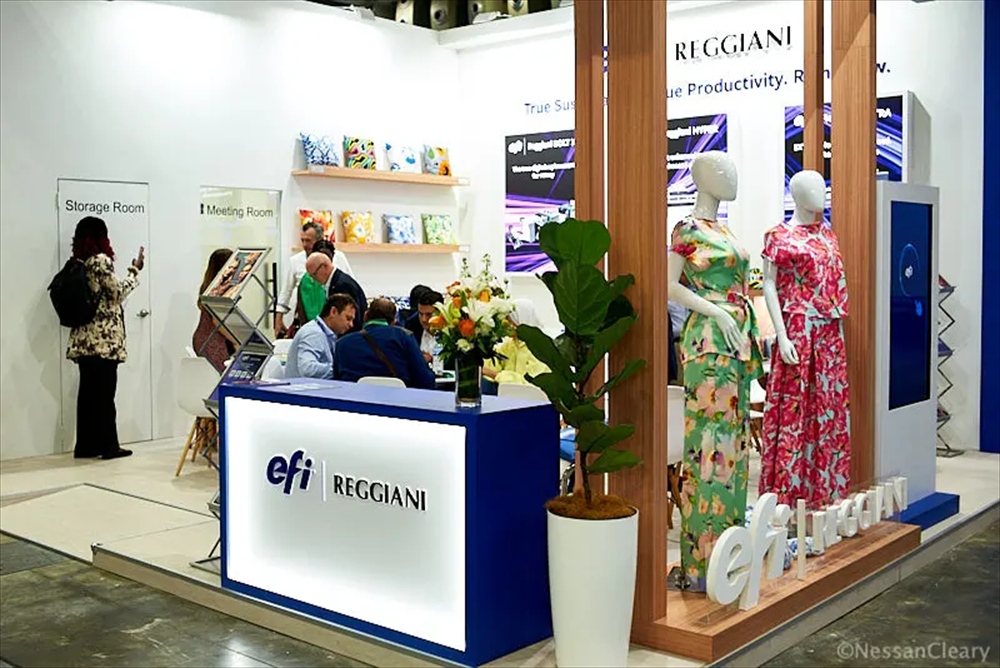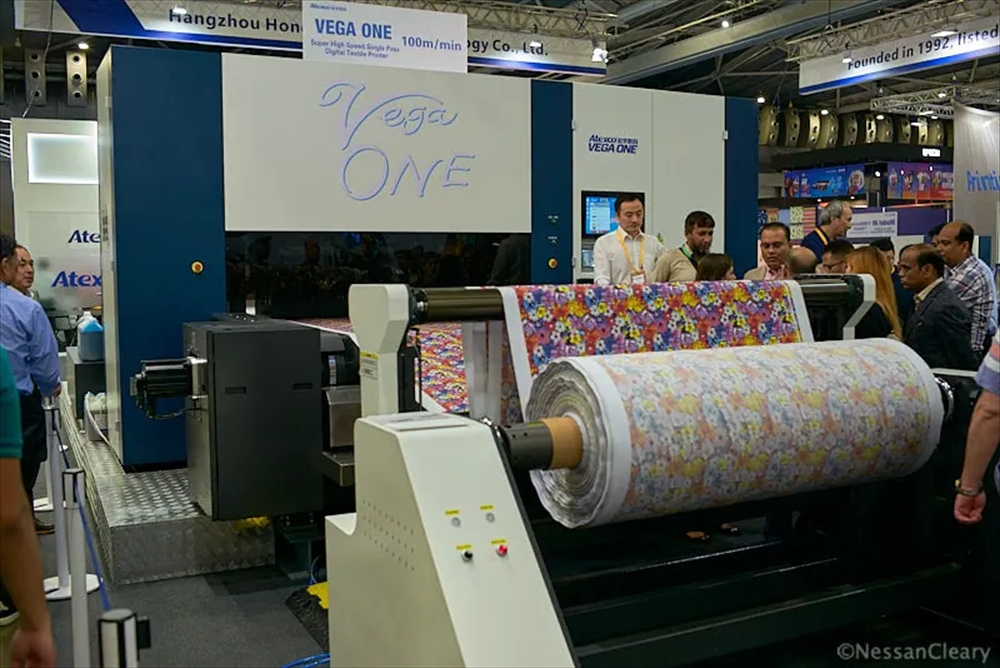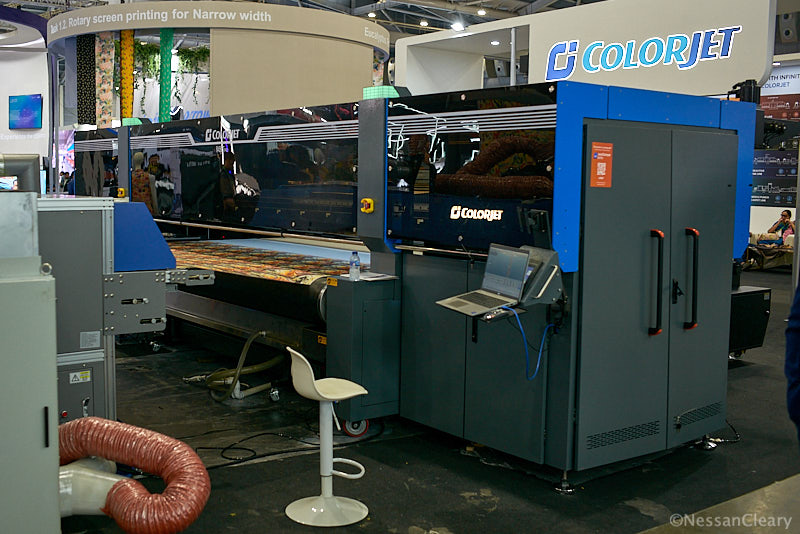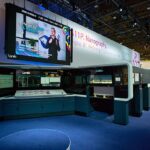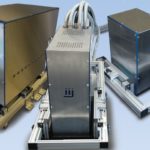- 2019-3-4
- Nessan Cleary 記事紹介
ゼロックスは、米国ニューヨーク州バッファローに拠点を置く3Dプリンティング開発ベンチャーの Vader Systemsを買収し、自社のコア技術を超えて 3Dプリンティング市場向けにさまざまな技術を開発しています。
Xerox looks to 3D printing for growth
Xerox has acquired a 3D printing developer, Vader Systems, based in Buffalo, New York, USA, and is developing various technologies for the 3D printing market as it looks to grow beyond its own core competences.
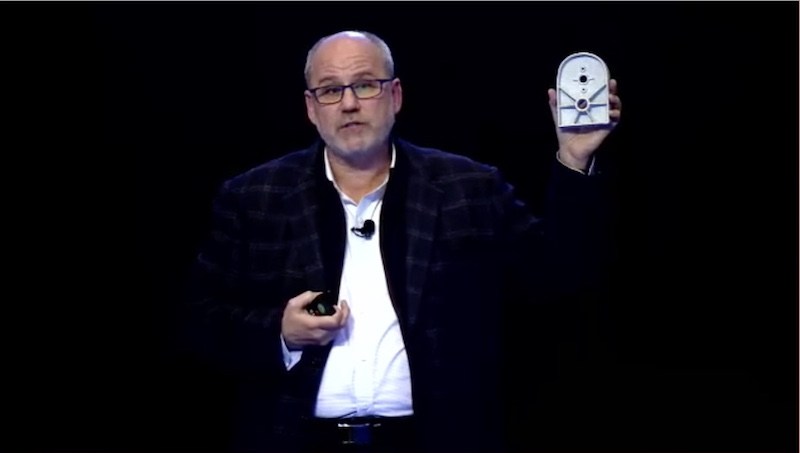
Steve Hoover, chief technology officer for Xerox, holds up a 3d-printed metal part.
Xeroxの最高技術責任者 Steve Hoover氏は、Vader Systemsをまだ売上を上げる前の段階の新興企業だと説明しました。まあこれは、この会社が莫大な金額を消費して、まだそのリターンを得られていないということを柔らかく表現したものです。Hoover氏によると、既存の金属印刷技術はすべて高価すぎる材料を使用しており、自動車や航空宇宙の製造業者が望むアルミニウムなどのすべてのグレードの材料を印刷することはできていないとのことです。Hoover氏は「インクジェットプリンタのようにノズルから噴出させる」ために、金属を溶融状態に溶融することでこの問題を回避している」と述べました。そしてゼロックスはこれに対処するのに慣れているということです。
Steve Hoover, Xerox’s chief technology officer, described Vader Systems as a pre-revenue start-up, which is a polite way of saying that the company has burned through a ton of cash and not yet made any back. According to Hoover, existing metal printing technologies all use materials that are too expensive, and can’t print all the grades of materials, such as aluminium, that automotive and aerospace manufacturers want. Hoover said that Vader Systems gets around this by melting metal into molten form so that it can be “ejected from a nozzle like an inkjet printer.” This in turn led to challenges such as forming the drops, which Hoover said are just like any inkjet and that Xerox is used to dealing with this.
実際、Vaderは液体金属滴を制御するために磁場を使用していました。これは、一部のコンティニュアスインクジェットシステム(CIJ)が機能する方法と似ています。当然、彼らはこのプロセス Magnetojet印刷を洗練させました。
Actually, Vader used magnetic fields to control the liquid metal drops, which is similar to the way that some continuous inkjet systems work. Naturally, they christened this process Magnetojet printing.
その会社は Scott Vaderが率いており、息子の Zacharyが実際のコンセプトの大部分を担当しています。私は私が取り組んでいた別のプロジェクトのために数年前に彼らにインタビューしたことがあります。当時、彼らは 2013年に彼らの最初のプリンターである Mark Oneを発表する準備を始めていました。Zacharyは、彼の目標は、工業ユーザーにとって魅力的であるために、安価で十分な生産性を持つプロセスを開発することであったと述べ、それが彼がインクジェットの使用を考えるに至った理由だとのことでした。残念なことに、ほとんどのインクジェットプリントヘッドは溶融金属の噴射に伴う高い熱を処理できないため、Vadersは独自のセラミックプリントヘッドを開発しました。2016年に戻って、これは毎秒1000滴を生み出すことができました。当時彼らは単一のノズルでたが、より速いスピードのためにもっとノズルを追加することも視野にありました。
The company is headed by Scott Vader, with his son Zachary responsible for most of the actual concept. As it happens, I interviewed them a couple of years ago for another project I was working on. At that time they were getting ready to start showing their first machine, the Mark One, having announced their printing concept back in 2013. Zachary said that his goal had been to develop a process that was cheap to produce and with good enough productivity to make it attractive to industrial users, which led him to look into using inkjet. Unfortunately most inkjet printheads can’t handle the high heat that jetting molten metal entails so the Vaders developed their own ceramic printhead. Back in 2016 this was capable of producing 1000 drops per second. At the time they were working with a single nozzle but planned to add more nozzles for faster speeds.
原材料として、Vadersは一般的に入手可能な 9mmワイヤーを使用していました。その最初の機械はアルミニウムをプリントしましたが、Vadersはこれを金、銀、真鍮および銅を含む他の金属(高伝導性および低融点を有する)に、ステンレス鋼にも展開することも構想にありました。
For the raw material, the Vaders were using commonly available 9mm wire. That first machine printed aluminium but the Vaders were expecting to expand this to other metals, including gold, silver, brass and copper, which have high conductivity and low melting points, with stainless steel to come at a later date.
Hoover氏は、次のように述べています。「他の 3Dプリンタでは印刷できない素材を製造することができるこのプロセスには非常に興奮しています。このプロセスによって現状の 3Dプリンティング材料の十分の一の原材料コストで製造できます。これらは 3Dプリンティングを本格的に製造に取り込むことになる性質のものであり、これがまさしく私たちが取り組んでいることなのです。」
Hoover added: “We are very excited with this process, which can deliver materials that can’t be printed with any other 3D printer, and which are the materials that manufacturers want, uses raw materials that cost one tenth of the current raw materials for 3D printing. These are the kinds of things that are going to take 3D printing into manufacturing and these are the kinds of things that we are working on.”
しかし、Xeroxは Vader Systemsのメタル印刷技術に賭けているだけではありません。Hoover氏は、次のように説明しています。「私たちにはその先を行く技術があり、プラスチック部品のプリント速度をかなり向上させるいくつかの開発をやっています。今日でもプラスチック部品を印刷することができますが、特定の技術は非常に遅いです。それを 8〜10倍向上させることができる技術があります。また、私たちは原材料のコストを下げることができる技術を持っています、そして私たちはエンドツーエンドのワークフローのためのソフトウェア技術を持っています。 2019年は、それら技術をいくつかの重要なマイルストーンを通して実現し、顧客トライアルを可能にし、2020年に導入することになるという年です。」
However, Xerox is not just betting on the Vader Systems metal printing technology. Hoover explained: “We have technologies that go beyond that, we have a set of activities focused on significantly improving the speed of printing plastic parts. So you can print plastic parts but certain technologies are very slow. We have technologies that can improve that by 8-10X. We have technologies that can drive down the cost of the raw materials, and we have the software technologies for the end to end workflow. 2019 is a year that’s about getting those technologies through some of their key milestones and enabling customer trials and installed in 2020.”
Hoover氏はさらに、Xerox社が他のベンダへの “powered by Xerox”ライセンスの下で 3D印刷技術の一部を提供することを提示しました。Xeroxにはこれらの 3Dプリンタを販売するための販売チャネルがないため、これは理にかなっています。また、Xeroxが印刷速度に劇的な変化をもたらすことができるならば、これはいくつかの既存のベンダーにとって興味があるでしょう、そしてXeroxはこれらのプレーヤーすべてにその技術をライセンスすることで、自分がやるより高い利益を生み出すでしょう。
Hoover went on to suggest that Xerox would offer some of the 3D printing technology under the “powered by Xerox” license to other vendors. This would make sense as Xerox does not have the sales channels to sell these 3D printers. Also, if Xerox can make a dramatic difference to the printing speed then this would be of interest to several existing vendors, and Xerox would make a higher profit licensing its technology to all of these players.
Hoover氏はまた、Xeroxが 3D用のワークフローソフトウェアを開発するために、印刷ワークフローを開発する際に得た専門知識を利用できることを提示しました。 3D印刷には既存のワークフローがいくつかありますが、グラフィックアート印刷で一般的に使用されているワークフローほど高度なものはありません。管理、納品書および請求書発行。しかし、3Dプリント分野では、デザイン、ファイル管理、IP保護、そして HPのようなグラフィックアートの経験を持つ他のベンダはもちろんのこと、Siemensから Materialiseまで、いくつかの確立された企業が克服する大きな課題があります。従って、Xeroxがこれら既存の未熟なワークフローに何を追加できるのかは非常に興味深いです。
Hoover also suggested that Xerox would be able to use its expertise in developing print workflows to come up with workflow software for 3D printing. There are some existing workflows for 3D printing, but nothing as advanced as the workflows commonly used in graphic arts printing, where there is a deep level of integration from design through to production, and including all the post processing as well as management information, stock control, delivery notes and invoicing. But there are also significant challenges in the 3D print sector to overcome in terms of design, file management and IP protection and several established players, from Siemens to Materialise, not to mention other vendors with graphic arts experience such as HP. And yet, it would be extremely interesting to see what Xerox could add to the mix.




